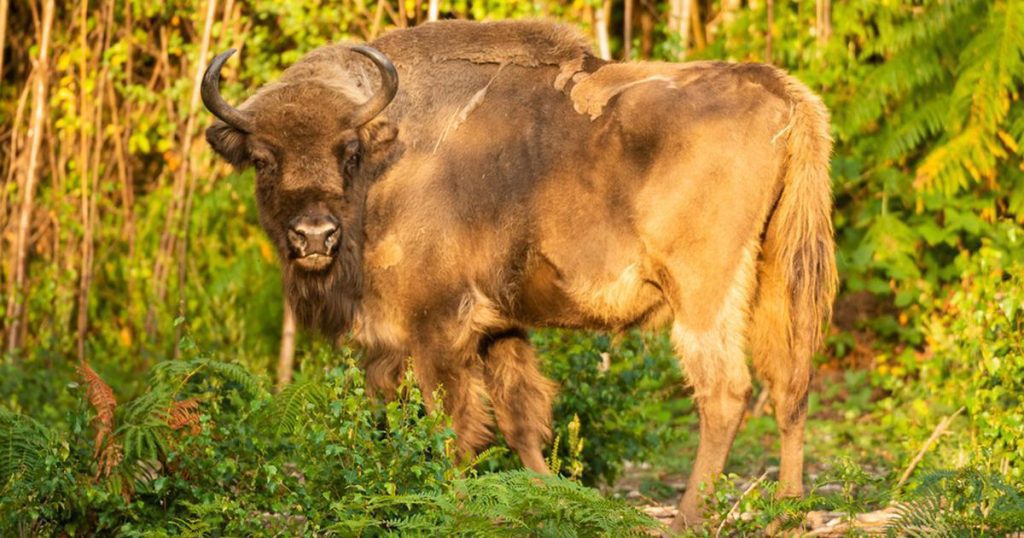However, this is not about any giant herds, but about three cows that were released in the county of Kent in the southeast of England. This fall, a bull will join them.
It’s not the first time a bison has set its hooves on British soil. Over the course of history, the species had a large distribution area across essentially all of Europe, but disappeared from Great Britain several thousand years ago. Now that they’re back, the reintroduction aims to thin out dense commercial pine plantations and turn low-biodiversity sites into thriving woodlands with rich fauna and wildlife.
Good for plants
Because bison like to eat bark, they reduce the number of trees, which means more sunlight reaches the ground and more vegetation has a chance to spread. Bison’s penchant for rolling and dusting the ground can have the same effect. Last but not least, bison during their migrations bring seeds from different places with them and promote the spread of plants.
– Restoring a naturally functioning ecosystem is an important and inexpensive tool to tackle the climate crisis, Kent Wildlife Trust CEO Evan Bowen-Jones says in a press release.
More wildlife on the way
Britain is one of the most wildlife-deprived countries in the world, according to The Wilder Plain project, which is behind the reintroduction of bison.
To address this, Exmoor ponies, wild boar hybrids and long-haired cattle breeds will also be introduced soon.








More Stories
Mockingly mocking in the UK is illegal
Harvesting early and small peas in Britain
Saab is supplying the British Army with a new generation of Arthur radar